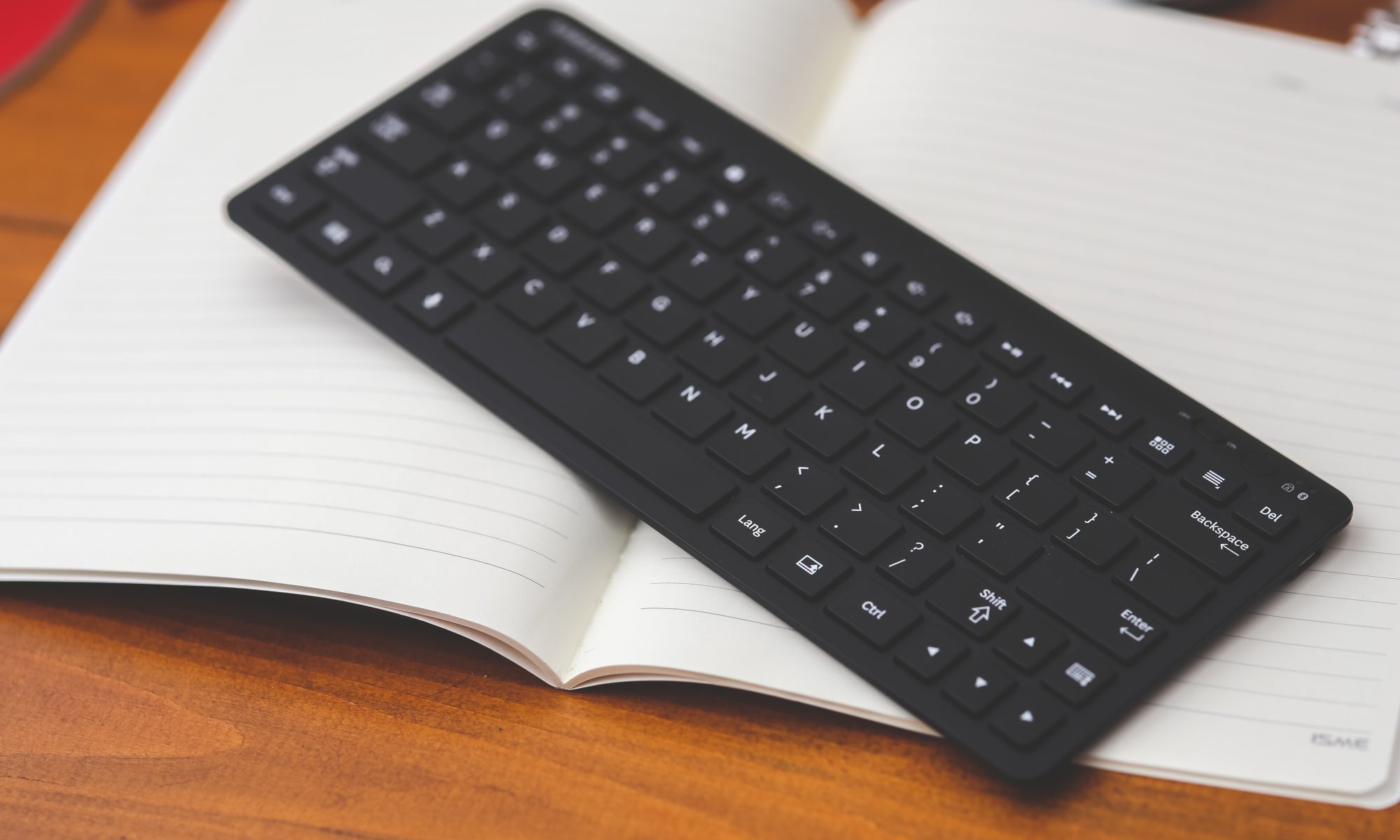Thanks to my pal Amet (9W2AZV), I manage to get my self a cheapish 19″ LCD monitor for one of my computers. The trouble is, Ubuntu is only able to give 1024×768 (or lower) resolution on this monitor, which is a shame because of its display size. The problem is related to Ubuntu failing to recognize the monitor capability and thus unable to assign appropriate values necessary to obtain the optimum monitor resolution.

After a couple of hours googling, I found several websites which list correct settings for Philips 190s.
What you need to do is to create (or edit) the “/etc/X11/xorg.conf” file as root and modifies the “Monitor” and “Screen” section details inside the xorg.conf files. Here is the example of my xorg.conf Philips 190S settings
After that, save the file and restart X server.
A word of caution: Changing xorg.conf is risky. I only tested this solution on my computer which runs on Ubuntu 10.04 (Lucid Lynx) and Ubuntu 9.10 (Karmic Koala) operating system. Be warned, your mileage may vary.
Reference:
1 – my xorg.conf for Philips 190S config


